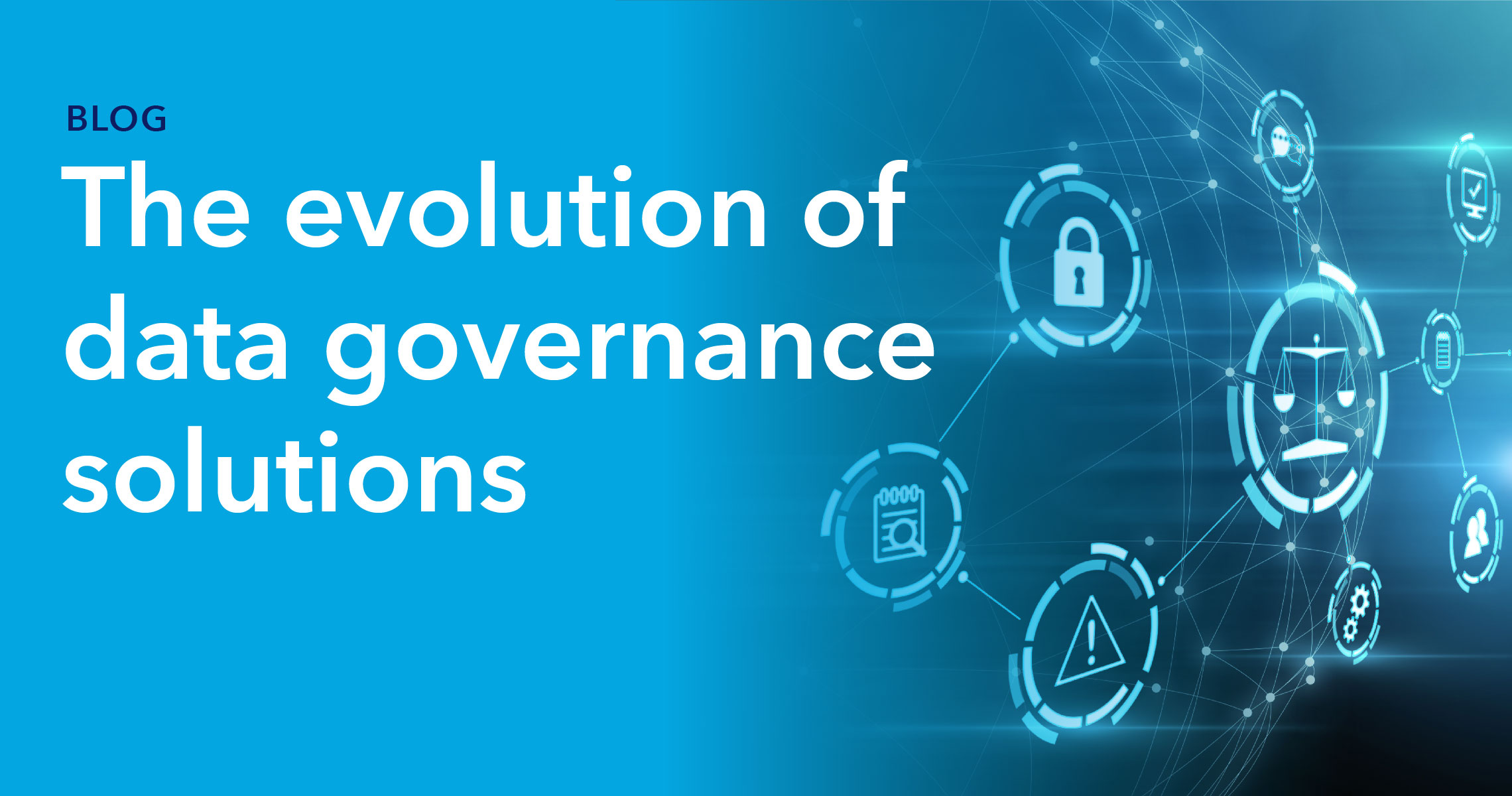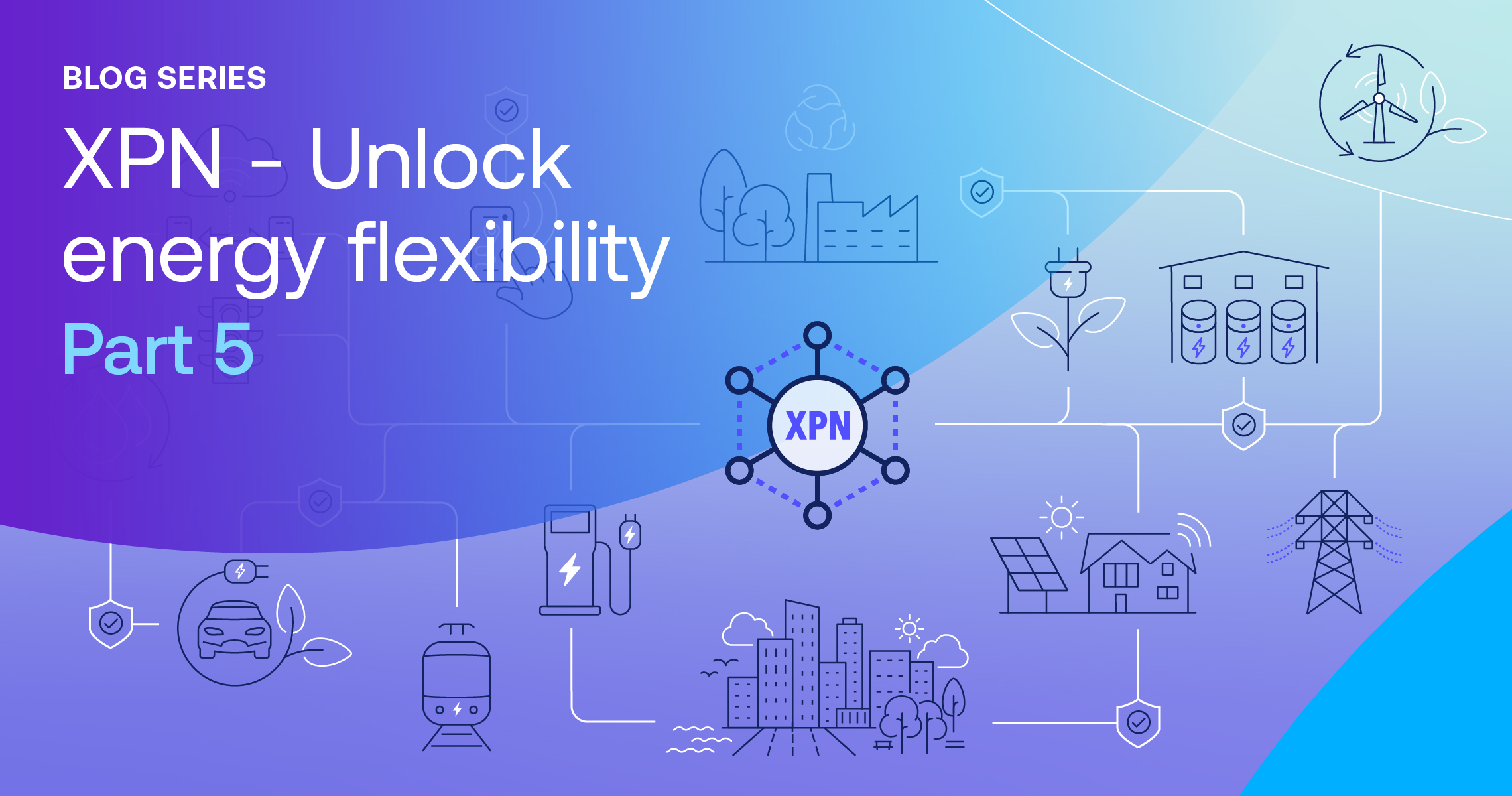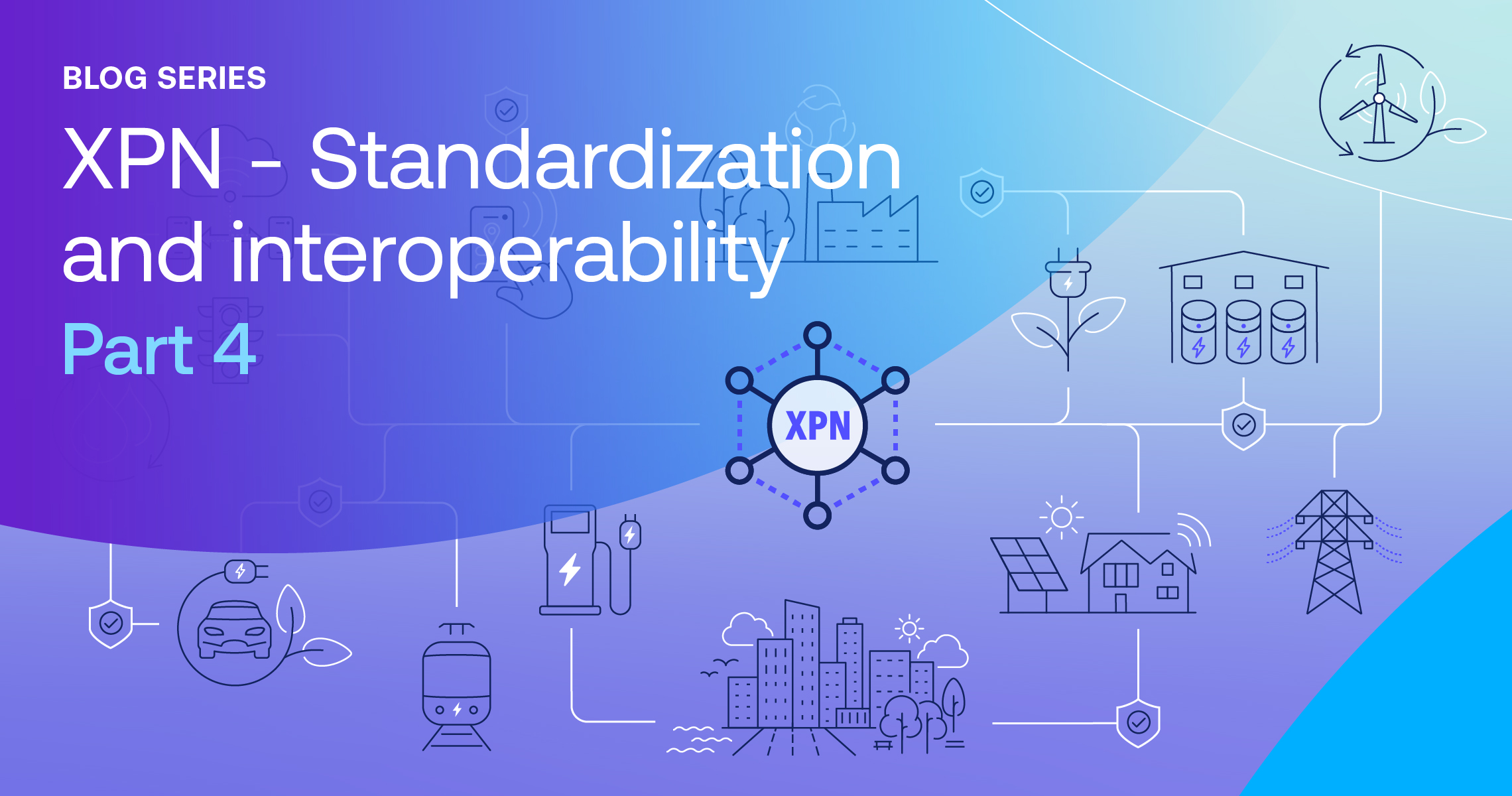As the scope of corporate data usage expands, data governance solutions need to evolve to keep pace with regulatory and risk requirements around data. Under the traditional approach to data governance, an organization’s data function establishes a set of principles to guide responsible parties in their oversight of specific silos. However, the huge growth in data collection points and increasing regulatory concern over data protection has meant that taking a “set it and forget it” approach to data governance no longer works. Worse yet, it may even be exposing organizations to significant risk.
Real-time data operations are incredibly fluid and may involve thousands or even millions of data collection points constantly feeding into a system for analysis. For example, an energy utility in Germany may have hundreds of service operators, thousands of distributed energy resources feeding into the system, their own IoT sensors monitoring energy infrastructure, and millions of customers. In such an environment, data governance solutions need to be flexible and robust to avoid becoming a friction point for data analysis.
What modern data operations need from data governance solutions
To cope with the greatly expanded nature of modern data operations, data governance solutions need to deliver features that meet governance and regulatory objectives while smoothing over common data friction points. Therefore, they should facilitate the below.
Risk management
Data governance establishes the roles and responsibilities of data administrators and the rules for the data they use. All of this focuses on lowering the risk introduced by an organization’s data function and ensuring the rewards it delivers continue to outweigh the risk involved. With data, the major risks are improper data access, oversharing, and lack of clear ownership. In addition, data governance solutions need to enable admins to quickly react to requests and new data streams coming online by applying clear access controls and responsibilities to all data actions.
Secure analysis
Data analysis operations can be particularly liable to data breaches, primarily during data migrations and due to the involvement of third-party analytics firms or collaborators. Not only that, but ETL operations can slow down the delivery of insights. Effective data governance solutions should, above nearly all else, create secure execution environments for data analysis. Since this can be difficult in fluid data environments, the data governance solution must be easy to use and deploy so teams waiting on analysis don’t need extra resources to ensure protocols are enforced.
Improved insight velocity
The various regulatory obligations and safety measures that need to be deployed in data operations can become a major friction point for data flows, which reduces its value and DataOps ROI. DataOps always strives to deliver better and faster insight to those who need it. Data governance solutions can facilitate this by allowing for automatic and flexible governance protocols across the organization, regardless of where data analysis is being performed.
Regulatory compliance
Regulations such as Europe’s GDPR and California’s CCPA are very clear on the responsibilities of data collectors and processors. Data governance solutions need to ensure compliance through every stage of your organization’s data lifecycle in line with the policies predetermined by your governance team. This can be extremely difficult when working with vast data collection and storage networks but can be successfully achieved with a comprehensive data governance solution.
Deploying data governance solutions
As mentioned, the sheer scale of modern data operations requires data governance solutions to be all-encompassing so as to ensure compliance and secure data usage across all of the organization’s data. Rather than simply applying rules to static or stored data, modern data governance solutions need to be deployed automatically and throughout the whole data lifecycle.
There are numerous ways to ensure the application of your organization’s data governance protocols, but nearly all require significant investment. However, there is a data governance solution that can be deployed immediately, no matter your current data storage situation or number of data collection points: data virtualization.
Data virtualization functions as a complete data governance solution, as it allows all governance protocols to be deployed over the virtualized data, no matter how it is being used. With complete access control, down to row and column level, administrators can ensure regulatory compliance, avoid oversharing, and facilitate smoother collaboration. A data virtualization platform also creates audit logs so admins can monitor all current and historical data usage in case of a data breach.
Data virtualization is the answer
Data operations have expanded greatly over the past few years and are growing exponentially. This causes considerable issues in terms of security, compliance, and insight velocity for data governance teams who must define and control all aspects of data storage and use. Building a data architecture to match your DataOps requires considerable investment, while simply expanding governance teams is a large ongoing expense.
Data virtualization can provide a comprehensive data governance solution without the need for large start-up costs or ongoing investment in resources. Using a virtual data platform gives admins complete control over how all data is used within the organization, no matter where it is coming from. With secure analysis and no need to migrate or share hard copies of data, governance teams can ensure regulatory compliance and improved risk management around data.
To find out more about how Intertrust Platform can facilitate better data governance and regulatory compliance, read more here or talk to our team.
About Prateek Panda
Prateek Panda is Director of Marketing at Intertrust Technologies and leads global marketing for Intertrust’s device identity solutions. His expertise in product marketing and product management stem from his experience as the founder of a cybersecurity company with products in the mobile application security space.




